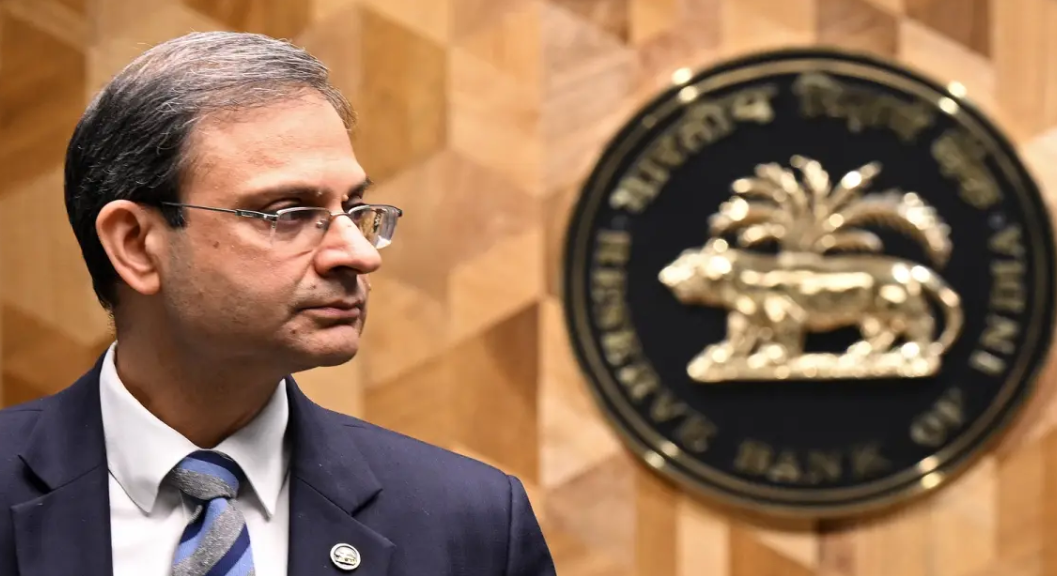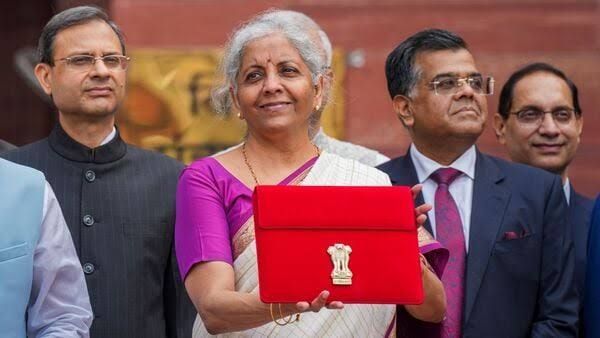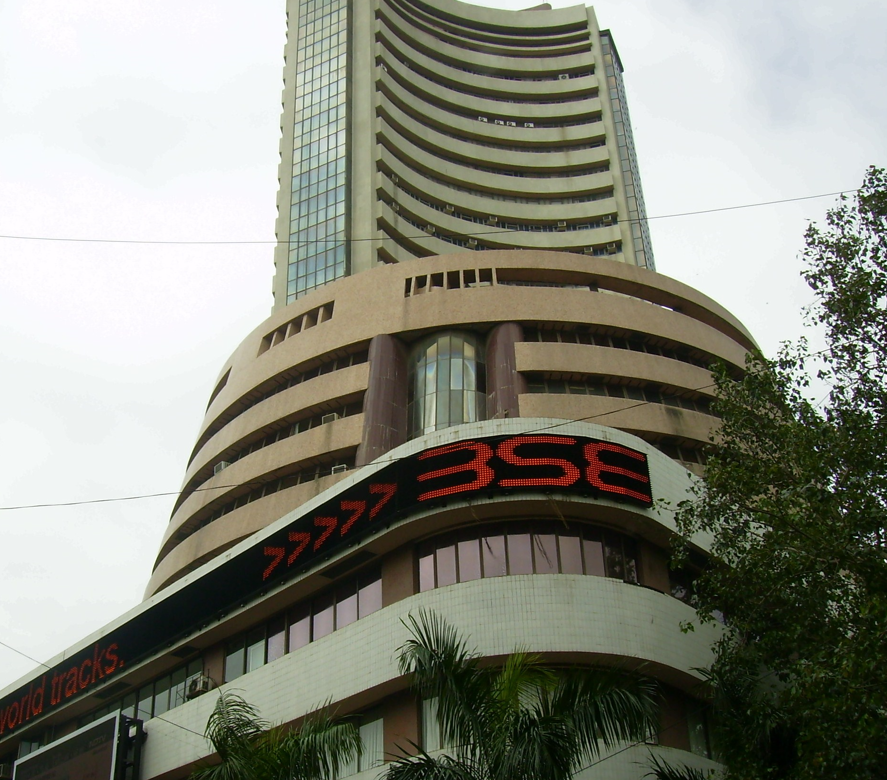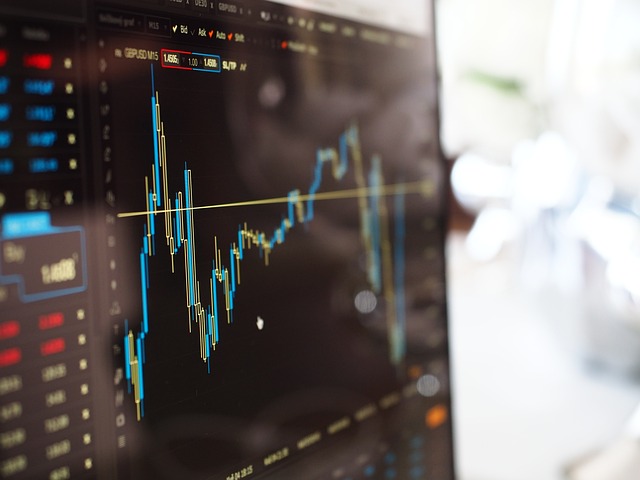RBI monetary policy 2025: RBI Cuts Repo Rate by 25 bps to 6.25%, First Reduction in 5 Years; Projects FY26 GDP Growth at 6.7%
New Delhi, February 2025: In a significant move, the Reserve Bank of India (RBI) has cut the repo rate by 25 basis points (bps) to 6.25% during its Monetary Policy Committee (MPC) meeting held today. This marks the first repo rate cut in five years, signaling a shift in the central bank’s monetary policy stance aimed at boosting economic growth.
Key RBI monetary policy Announcements from RBI’s MPC Meeting:
- Repo Rate Cut: The RBI reduced the repo rate from 6.50% to 6.25%, providing relief to borrowers and businesses.
- GDP Growth Estimate for FY26: The RBI has projected India’s GDP growth at 6.7% for the financial year 2025-26 (FY26), reflecting moderate optimism for economic recovery.
- Inflation Outlook: The central bank maintained a cautious stance on inflation, emphasizing the need for vigilance despite the rate cut.
- Liquidity and Banking Sector Impact: RBI assured adequate liquidity in the banking system to support credit growth.
What Led to the Rate Cut?
The RBI’s decision comes amid moderating inflation, improved economic stability, and the need to stimulate domestic demand. Over the past five years, the repo rate had remained unchanged or increased to combat inflationary pressures. However, with global economic conditions stabilizing and India’s fiscal policies supporting growth, the RBI found room for a rate reduction.
Impact of the Repo Rate Cut:
- Lower Borrowing Costs: Home loans, auto loans, and business loans are expected to become cheaper, encouraging investment and spending.
- Boost to Economic Growth: The rate cut aims to support industries, startups, and businesses by reducing the cost of credit.
- Stock Market Reaction: The markets responded positively to the announcement, with banking and real estate stocks seeing gains.
- Encouraging Investments: Lower interest rates may drive more corporate and infrastructure investments, contributing to long-term growth.
Governor’s Statement
RBI Governor Sanjay Malhotra emphasized that while the rate cut was necessary to support economic growth, monetary policy will remain watchful of inflation risks. He also reiterated the RBI’s commitment to financial stability and supporting economic momentum in the coming years.
Looking Ahead after RBI monetary policy
With the repo rate now at 6.25%, analysts expect further policy adjustments based on inflation trends, global economic conditions, and domestic fiscal policies. The Indian economy’s resilience, combined with proactive RBI measures, is expected to keep the growth trajectory stable in FY26.
Stay tuned for further updates on RBI’s policy decisions and their impact on the economy.








